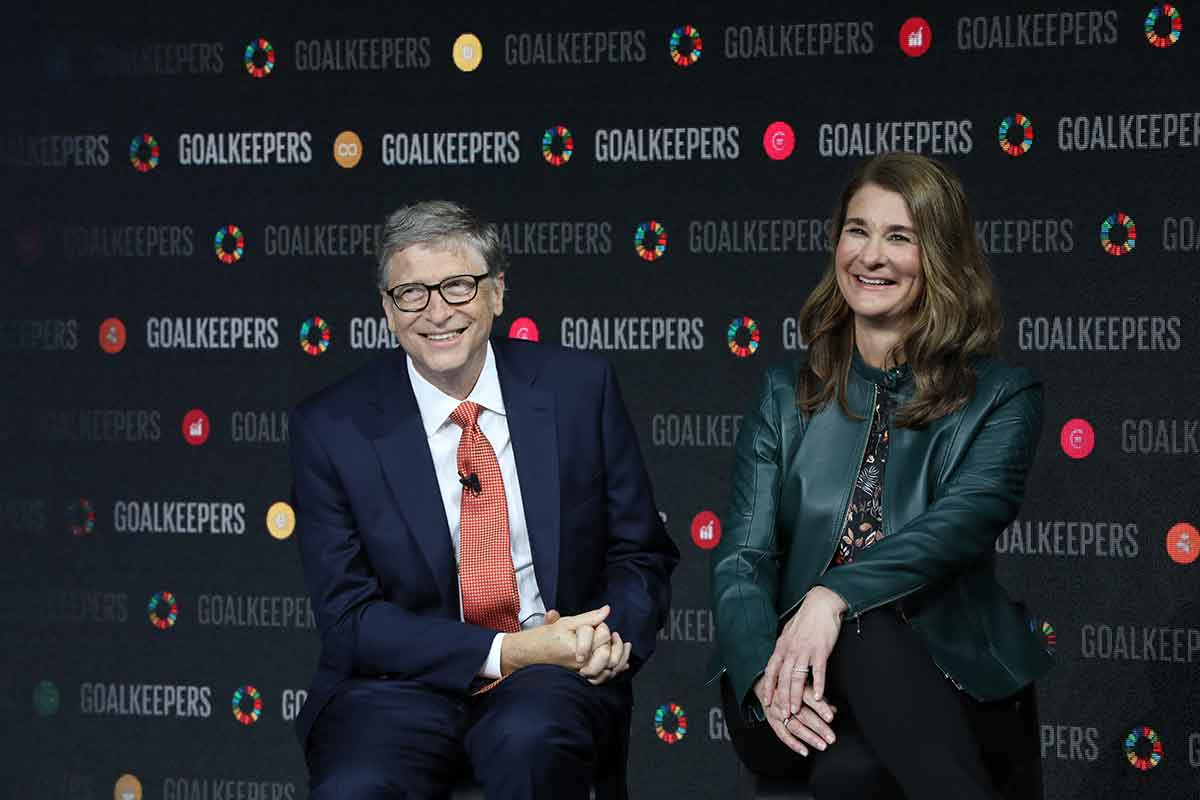Technology is often oversold as either a panacea for the world’s problems or an unshakeable curse inflicting disruption and displacement on the most vulnerable. But historically, neither of these characterizations is accurate. From the steam engine to the personal computer, inventions have transformed societies in complex ways. On balance, however, technology has always created more jobs and economic opportunities than it has destroyed. That trend is likely to continue.
Why am I so upbeat? Because everywhere I look, leaders are repositioning their economies to ensure that technological change and automation are assets rather than liabilities. As the University of Oxford-based Pathways for Prosperity Commission recently observed, with “optimism and collective action,” so-called frontier technologies can empower even the poorest countries.
For much of modern history, export-driven industrialisation and natural-resource wealth were viewed as the only mechanisms for sustained growth in the developing world. But today, new technologies, and the ability to combine them with old innovations, have given people more say over their economic fortunes.
For example, the Africa Soil Information Service, which is funded by the Bill & Melinda Gates Foundation, has combined remote sensing software and open-source data to lower the cost of soil mapping by 97 percent. This has given Africa’s smallholder farmers new tools for making evidence-based decisions about their operations, thereby increasing crop yields and reducing operating expenses.
Similarly, Twiga Foods in Kenya is using technology to optimize its supply chain by matching rural fruit and vegetable growers with small- and medium-size vendors in Nairobi. Twiga’s approach has helped farmers access more lucrative markets, increased consumer choice, and dramatically reduced post-harvest losses and waste. Digital inclusion can be a powerful force, particularly for women. Go-Jek, a ride-sharing and food-delivery service In Indonesia, has increased drivers’ income by an average of 44 percent while connecting many of its suppliers, who are usually women, to banking services for the first time.
To be sure, capitalising on the transformative potential of technology will require investing more money in people, particularly in women and children. As we argued in this year’s Gates Foundation Goalkeepers Report, better health care and education – two pillars of the World Bank’s “human capital index” – can unlock productivity and innovation, reduce poverty, and generate prosperity. These gains are essential to countries’ ability to achieve the targets set by the United Nations (UN) Sustainable Development Goals.
Harnessing technology will also require sensible economic reforms, better infrastructure, more capable institutions, and strategies to deliver digital solutions to marginalized populations. Some countries are already taking these steps. Indonesia, for example, has launched an ambitious program to connect an additional 100 million people to broadband, a recognition of the importance that connectivity plays in fostering economic opportunity.
And yet, for the bulk of the world’s “bottom billion,” basic phone and Internet services remain prohibitively expensive. That is why governments, donors, and the private sector must work together to create business and pricing models that allow for cost recovery while still providing an adequate level of digital service to the poorest consumers. One poverty-reduction strategy worth exploring is communal access to technology.
Affordability is not the only factor that keeps technology out of the hands of the poor. The digital divide mirrors larger patterns of social discrimination, especially for women. Wherever women live, they are about 40 percent less likely than men to have ever used the Internet, which suggests that social inequities are also driving disparities in digital access. Closing this gap is vitally important. When women have access to the full range of digital services – from mobile banking to telemedicine – they are generally wealthier, healthier, and better educated.
As policymakers in developed and developing countries make decisions and investments that will shape the landscape in which technological change unfolds, it is gratifying to see countries engaging in meaningful dialogue about their digital futures. As long as citizens who understand technology and its ramifications are included in these conversations, it is possible to design solutions that meet everyone’s needs.
Today’s cutting-edge technologies are evolving at a dizzying speed. But with foresight and preparation, the world can minimize the disruption they will inevitably cause to ensure lasting and inclusive growth. If we coordinate our investments in people with our spending on innovation, the new “digital age” will leave no one behind.
Mark Suzman is Chief Strategy Officer and President of Global Policy and Advocacy at the Bill & Melinda Gates Foundation.
